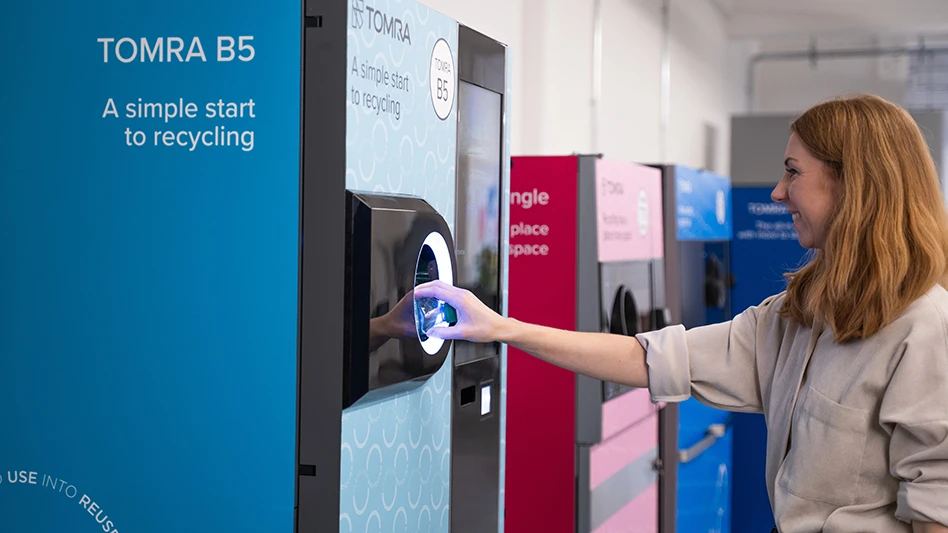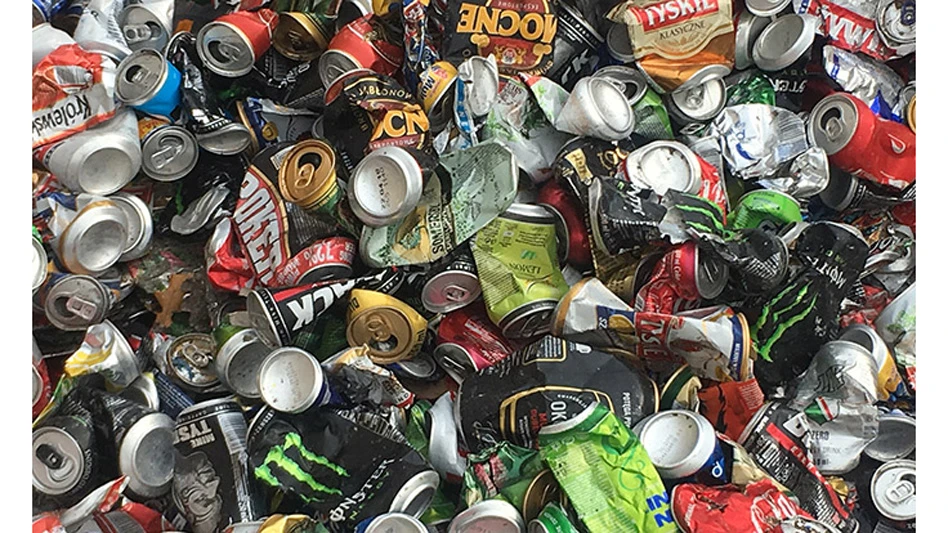
Photo courtesy of Gränges
The Washington-based Steel Manufacturers Association (SMA), in a May 30 statement, quickly endorsed President Donald Trump’s plan to raise tariffs on inbound steel shipments from 25 percent to 50 percent.
This week, the Virginia-based Aluminum Association expressed a different sentiment, with the CEO urging the Trump administration to reconsider the decision "given the negative impact it will have on manufacturers.”
In its May 30 news release, the SMA applauds Trump’s announcement, saying, “American-made steel is at the heart of President Trump’s plan to revitalize domestic manufacturing and return our country to an economic powerhouse.
“Since the tariffs were first announced in 2018, our industry has invested over $20 billion in growth and modernization. Increasing the tariffs will promote greater investment and ensure that steel imports do not surge into the U.S. market.”
SMA’s membership skews toward recycled-content electric arc furnace (EAF) steelmakers, who have a supply chain dependent predominantly on U.S.-generated ferrous scrap or U.S.-made iron alternatives like direct-reduced iron (DRI) or hot briquetted iron (HBI).
A map of SMA members posted to its website shows only the U.S. (not Canada or Mexico) and a list of predominantly U.S.-based companies, along with some overseas firms such as Brazil-based Gerdau and Sweden-based SSAB that operate EAF mills in the U.S.
A list of Aluminum Association members includes (along with U.S.-centric companies) several multinational firms with capital investments not only in the U.S. but in Canada and Mexico as well, such as Alcoa, Arconic, Constellium, Gränges, Matalco, Norsk Hydro and Novelis Inc.
The comments from Aluminum Association CEO Charles Johnson reflect the more geographically dispersed operations of aluminum producers.
“Reestablishing a more level playing field for domestic producers is critical, but a Section 232 tariff of 50 percent threatens to undermine the very industry the administration aims to support,” Johnson says.
“Aluminum and steel are fundamentally different metals with distinct supply chains, market dynamics and strategic challenges. A one-size-fits-all approach to trade policy for these strategic materials risks unintended consequences for the U.S. economy and our national defense.”
Johnson says a 50 percent tariff rate could also raise prices for consumers, decrease demand and undermine the aluminum industry’s ability to serve the U.S. defense industrial base.
"Aluminum firms need a reliable supply of metal, protection from transshipped metal from non-market economies, and certainty in the tariff landscape," he says.
“The industry appreciates the Trump administration’s focus on bringing more aluminum production and jobs back to the U.S. and remains committed to supporting these goals. We look forward to working closely with the administration to clearly articulate industry concerns related to Section 232 tariffs and provide alternative actions that will better support the future growth of the U.S. aluminum industry.”
However, others in the aluminum sector have voiced support for the higher tariffs.
The American Primary Aluminum Association (APAA), the Washington-based association that represents U.S. primary aluminum producers and hosts the Aluminum Now website and campaign, has applauded the "strong and decisive action" Trump has taken by raising the tariff rate on foreign aluminum imports to 50 percent.
Century Aluminum, an integrated producer of bauxite, alumina and primary aluminum products that is headquartered in Chicago, also has voiced its support for the higher tariff on aluminum imports.
This article was updated June 6 to note that the tariffs have support from others in the primary aluminum sector in the U.S.
Latest from Recycling Today
- ReMA urges open intra-North American scrap trade
- Axium awarded by regional organization
- China to introduce steel export quotas
- Thyssenkrupp idles capacity in Europe
- Phoenix Technologies closes Ohio rPET facility
- EPA selects 2 governments in Pennsylvania to receive recycling, waste grants
- NWRA Florida Chapter announces 2025 Legislative Champion Awards
- Goldman Sachs Research: Copper prices to decline in 2026





